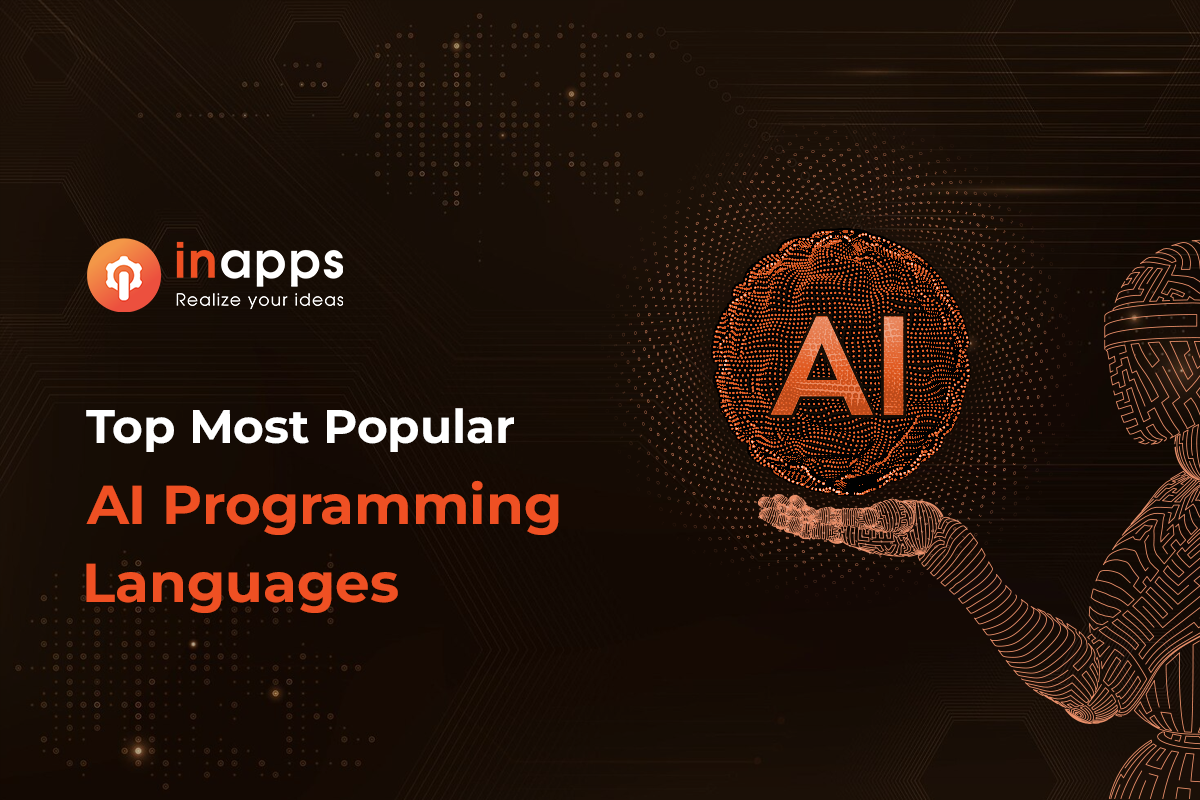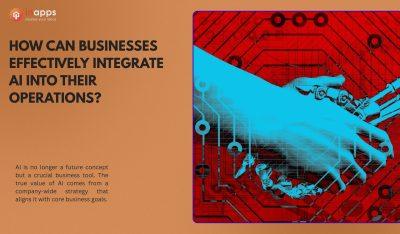- Home
- >
- Offshore News
- >
- 2024’s Most Popular AI Programming Languages for Your Projects
AI is everywhere these days, and advances in AI are reshaping industries. With tools like OpenAI’s DALL-E, machines can create lifelike images and music from text. Models like GPT-4 are revolutionizing how computers understand and generate human-like text. Or in healthcare, deep learning models are improving medical imaging analysis, diagnosis, and drug discovery.
But with so much hype, it’s easy to get lost in the noise. That’s where understanding the strengths and weaknesses of each AI programming language comes in. In this blog post, we’ll explore the Most Popular AI Programming Languages. We then highlight their respective strengths and applications to help you select the right language for your AI projects. In the end, we address common questions about AI languages. Let’s dive in!
Key Summary
- Overview: The text outlines eight programming languages commonly used for AI development, highlighting their strengths, use cases, and why they are favored by developers and tech founders, with a focus on their applicability in building efficient, scalable AI solutions.
- 1. Python:
- Why Popular: Most widely used AI programming language due to its simplicity, large community, and powerful libraries (e.g., TensorFlow, PyTorch, NLTK).
- Features: Easy to learn, flexible for various AI tasks (e.g., NLP, image recognition), extensive learning resources.
- Use Case: Building a movie recommendation app using NLTK to analyze user reviews for sentiment and preferences.
- Strengths: Rapid prototyping, broad applicability, strong community support.
- 2. Java:
- Why Popular: Reliable for cross-platform AI applications, especially large-scale, enterprise-grade projects.
- Features: Effective memory management, robust tools for complex systems, platform independence (Windows, Mac, Linux).
- Use Case: Developing a bank fraud detection system to analyze thousands of real-time transactions securely and efficiently.
- Strengths: Scalability, reliability, strong performance for data-heavy tasks.
- 3. JavaScript:
- Why Popular: Growing in AI for web-based applications, leveraging tools like TensorFlow.js for browser-based AI integration.
- Features: Widely used in web development, enables seamless user interactions in AI-powered web apps.
- Use Case: Creating a clothing recommendation website that uses TensorFlow.js to personalize suggestions without page reloads.
- Strengths: Web compatibility, real-time interactivity, ease of integration.
- 4. R:
- Why Popular: Excels in statistical analysis and data visualization, ideal for data-intensive AI projects.
- Features: Advanced statistical modeling, powerful visualization tools, suited for predictive analytics.
- Use Case: A healthcare startup predicting patient outcomes by analyzing treatment data with R’s statistical tools.
- Strengths: Deep statistical capabilities, clear data presentation, strong for forecasting.
- 5. C++:
- Why Popular: Known for speed and efficiency, critical for performance-sensitive AI applications.
- Features: Fine-grained control over memory and processing, optimized for real-time systems.
- Use Case: Developing video game AI with C++ to enable instant, dynamic character responses to player actions.
- Strengths: High performance, low latency, ideal for resource-intensive tasks.
- 6. Julia:
- Why Popular: Combines C-like speed with Python-like usability, perfect for high-performance numerical tasks.
- Features: Fast computation for mathematical models, user-friendly syntax.
- Use Case: A startup building climate models to predict weather patterns using Julia for rapid, large-scale simulations.
- Strengths: High-speed processing, ease of use, suited for scientific computing.
- 7. Scala:
- Why Popular: Gaining traction for scalable AI systems, particularly with big data frameworks like Apache Spark.
- Features: Combines object-oriented and functional programming, interoperable with Java, supports concurrency and type inference.
- Use Case: Developing data processing pipelines or machine learning models with Spark’s MLlib or DeepLearning.scala.
- Strengths: Scalability, functional programming support, Java ecosystem compatibility.
- 8. Lisp:
- Why Popular: One of the oldest languages, valued in AI research for its flexibility and rapid prototyping capabilities.
- Features: Simple syntax, powerful macro system, metaprogramming for innovative algorithm development.
- Use Case: AI research projects requiring quick iteration and experimentation with new algorithms.
- Strengths: Malleability, rapid prototyping, ideal for experimental AI development.
- Benefits of These Languages:
- Enable rapid development, scalability, and performance for diverse AI applications.
- Support a range of use cases, from web-based AI to real-time systems and research.
- Cost-effective development possible with offshore teams (e.g., Vietnam at $20-$40/hour via InApps Technology).
- Challenges:
- Varying learning curves (e.g., Python’s ease vs. C++’s complexity).
- Choosing the right language depends on project requirements (e.g., web vs. performance-critical).
- Keeping up with evolving AI libraries and frameworks.
- Recommendations:
- Select Python for beginners or rapid prototyping due to its simplicity and ecosystem.
- Use Java or Scala for enterprise-scale, cross-platform, or big data projects.
- Opt for JavaScript for web-based AI, C++ for performance-critical tasks, or Julia for numerical computations.
- Explore Lisp for AI research or experimental projects.
- Partner with InApps Technology for expert AI development, leveraging Vietnam’s skilled, affordable developers to implement these languages effectively.
1. Top 8 Most Popular AI Programming Languages
1.1. Python
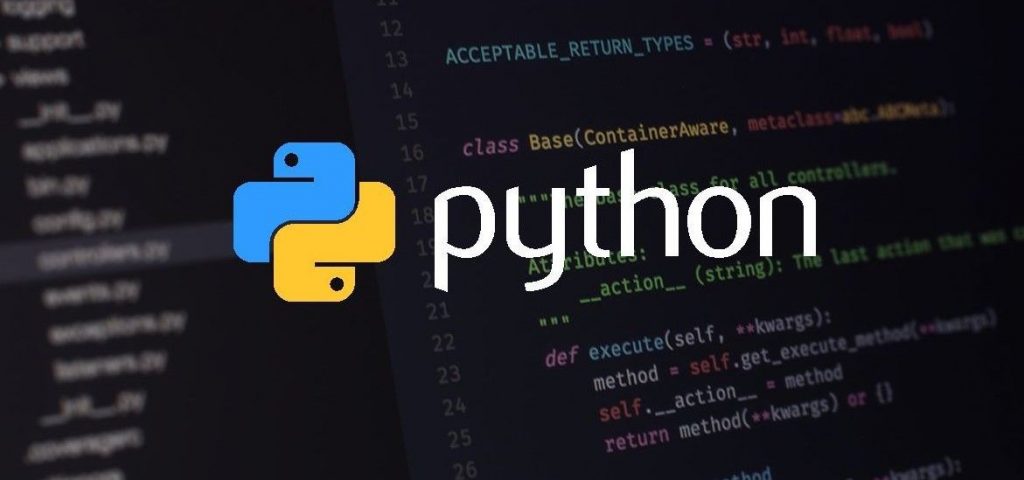
Example: You’re building an app that recommends movies based on user reviews. With Python, you can use a library like NLTK to process the reviews and figure out what people liked or didn’t like about a movie. This can help your app make smarter recommendations.
1.2. Java
Java is another most popular language for AI because it’s really good at working across different platforms. This makes Java a smart choice for tech founders who need their AI software to run smoothly whether on a Windows PC, a Mac, or a Linux server. It’s especially strong for big projects that need to be very reliable and easy to keep running well.
Java helps manage memory very effectively, which is crucial when your AI software needs to handle large amounts of data without slowing down. Also, Java has many tools that help developers build and maintain complex AI systems. This combination of features makes Java a dependable choice for serious AI development projects.
1.3. JavaScript
JavaScript might not be the first thing you think of when it comes to AI, but it’s becoming a more popular choice for certain kinds of AI applications, especially those that integrate with web technologies. This is particularly true for AI-powered web apps that interact directly with users on the web, such as chatbots or personalized shopping recommendations.
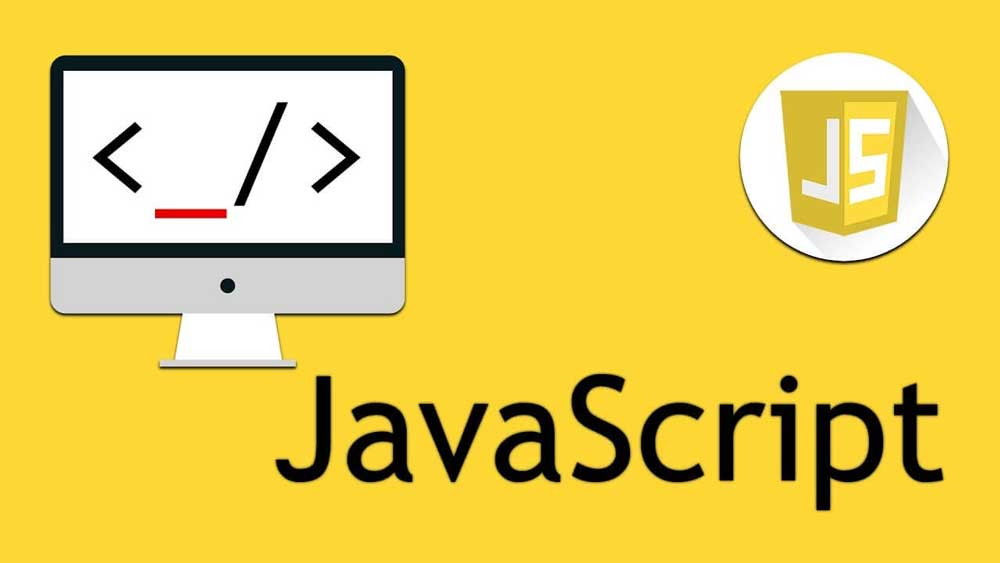
One reason tech founders are choosing JavaScript for these projects is its wide use across the web. Plus, with tools like TensorFlow.js, developers can now integrate AI directly into web interfaces using JavaScript. This capability makes JavaScript a practical option for AI applications that serve users directly on their browsers, ensuring smooth and smart interactions. It’s becoming recognized as the most popular programming language used in AI for web-based applications.
Example: Consider a website that suggests clothes based on what you like. Using JavaScript and TensorFlow.js, the site can learn from your choices and show more clothes you might like without needing to reload the page. This makes the experience faster and more personalized, highlighting why JavaScript is a strategic choice for web-based AI.
1.4. R
R is a powerful tool known for being strong in statistical analysis and data visualization. It’s often chosen for projects that involve a lot of data crunching and need clear, visual ways to present that data. This makes R ideal for data-intensive AI projects like predictive analytics, where you need to analyze historical data to make forecasts.
R is one of the most popular AI programming languages because of its deep statistical capabilities. This means R can handle complex modeling required for predicting trends from data. This is crucial in marketing analysis, financial forecasting, and health diagnostics, where accurate predictions can lead to better decision-making.
Example: A healthcare startup uses R to predict patient outcomes based on past treatment data. By using R’s advanced statistical tools to analyze and visualize patient histories, the startup can identify which treatments are most likely to succeed for future patients.
1.5. C++
C++ is renowned for its speed and efficiency, making it a great choice for AI projects that need to run quickly and smoothly. This is why it’s often used in areas like game AI and real-time systems where delays can’t be afforded.
Tech entrepreneurs love C++ because this programming language can control how their software uses the computer’s memory and processing power. This control is crucial for applications where every millisecond counts, such as in robotic surgery or stock trading algorithms.
Example: A tech company needs to create a video game with complex AI characters. Using C++, developers can make the game’s AI react to player actions instantly, enhancing the gaming experience by making it more dynamic and engaging.
This capability to handle demanding tasks efficiently helps establish C++ as the most popular programming language for AI in scenarios where performance is key.
1.6. Julia
Julia is recognized as one of the most popular AI programming languages because it combines the speed of C with the usability of Python. This combination is particularly effective for high-performance tasks in numerical and computational science, where rapid computation and straightforward programming are essential.
This language is widely used for AI projects that require intensive mathematical computations, such as simulations in physics or financial modeling. Its ability to process complex calculations quickly makes it perfect for high-stakes AI tasks where precision and speed are crucial.
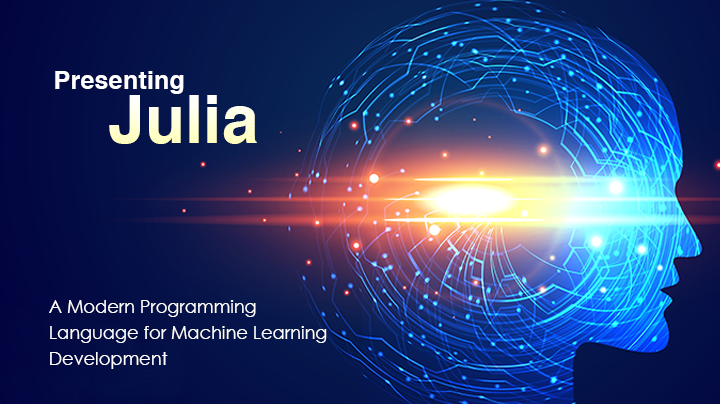
Example: A startup is developing climate models to predict weather patterns. By using Julia, they can perform large-scale simulations that crunch massive datasets quickly. This speed allows them to generate accurate weather forecasts faster, making their service more reliable and effective.
1.7. Scala
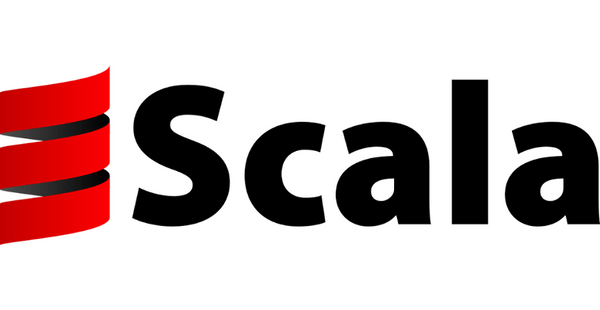
Scala, short for Scalable Language, was first developed by German computer scientist Martin Oderky in 2001. It is a modern programming language focused on scalability. It combines object-oriented and functional programming approaches. Scala runs on the Java Virtual Machine, allowing integration with Java libraries and applications.
While Scala is not considered the “most popular AI programming language,” it has gained significant traction in the AI and machine learning communities. Some favorable features of Scala include its scalability for handling complex systems, support for functional programming concepts like immutable data structures, and built-in concurrency and parallelism capabilities. Scala also has type inference, reducing the need for explicit type annotations. It’s interoperable with Java, benefiting from the Java ecosystem.
Scala finds applications in data processing, big data solutions like Apache Spark, web development with frameworks like Play, distributed and fault-tolerant systems, and machine learning or artificial intelligence projects leveraging libraries like MLlib and DeepLearning.scala.
1.8. Lisp
Lisp is commonly used in research and development projects, especially in artificial intelligence (AI). Its flexible nature makes it well-suited for rapid prototyping and experimenting with new ideas.
This language is famous for its powerful macro system and capacity for metaprogramming. This allows quick iteration and innovation when developing new AI algorithms or techniques. Lisp’s simplicity and malleability enable programmers to easily extend and modify the language itself.
2. Most Popular AI Programming Languages: FAQs
Python dominates the AI language scene thanks to its readability and beginner-friendliness. It boasts a vast library ecosystem (TensorFlow, PyTorch) specifically designed for AI tasks, making development efficient. This versatility allows Python to tackle various AI applications from natural language processing to computer vision.
AI is unlikely to replace Python. Its ease of use fosters a larger AI developer pool and fuels innovation. The Python community constantly evolves the language with new libraries and frameworks, ensuring it stays relevant in the ever-changing AI landscape. Python can even integrate with faster languages like C++ for specific tasks.
The choice boils down to your project’s needs. C++ offers unrivaled speed for computationally intensive AI tasks, but it comes with a steeper learning curve. Python excels in rapid development and exploration with its user-friendliness and rich libraries. It often provides sufficient performance for many AI projects. Ultimately, the best language depends on the trade-off between speed, development time, and your team’s expertise.
3. About InApps Technology
We are a Top Offshore Software Development Company in Vietnam. Our passion for technology inspired us to start InApps with the desire to help startups and SMEs successfully utilize technology to growth hack their business.
We have helped international clients increase their software development capacity and efficiently turn their ideas into working products.
Our Key to Success:
- Dedication to all clients’ success.
- Latest technologies update.
- Highly competent and skillful software developers.
- 100% guaranteed services and satisfaction.
- Trust, commitment, and responsibility in all relationships.
Let’s create the next big thing together!
Coming together is a beginning. Keeping together is progress. Working together is success.




